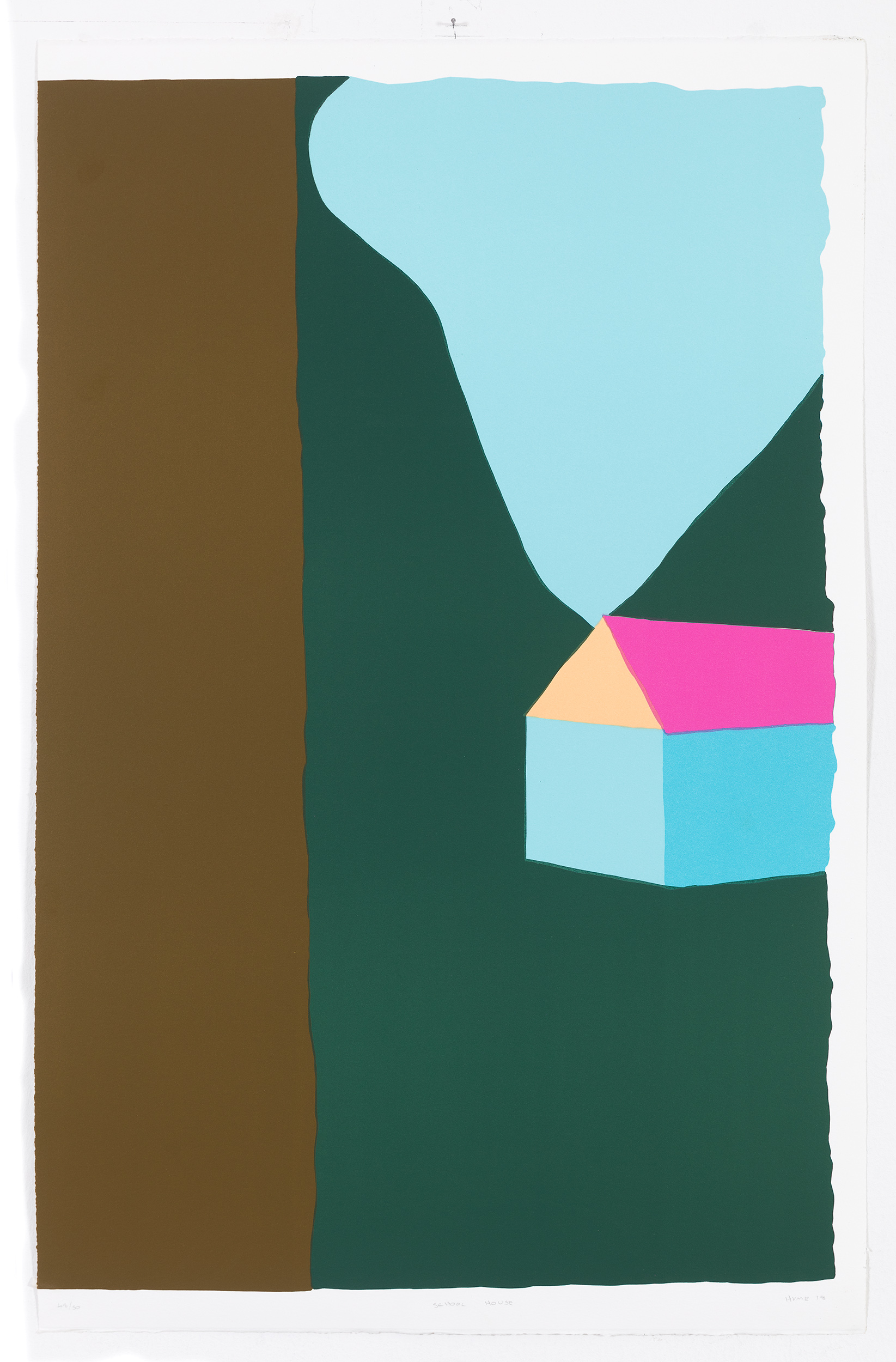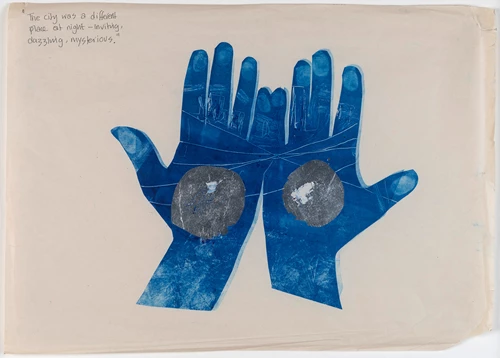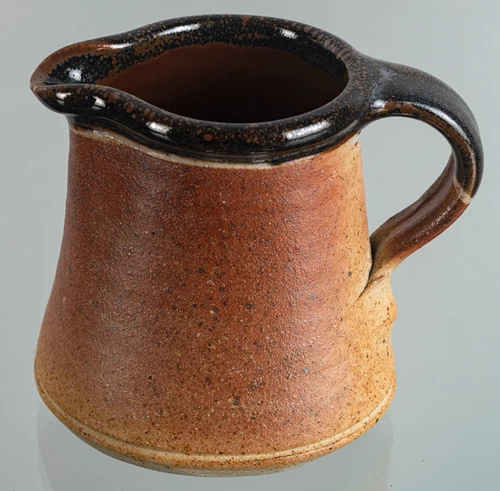Art Aid Ukraine
04 MAY 2022 - 17 MAY 2022Notes
Gary Hume is an English Artist integral to the YBA (Young British Artsts) movement of the late 20th Century. Hume has become known for depicting everyday subjects using high-gloss industrial paints. His earliest notable works are his "door paintings", life-size representations of hospital doors. These proved a critical success, being shown in Germany and the United States, as well as attracting the attention of collector Charles Saatchi. Hume's work was included in the 1995 exhibition Brilliant, a showcase of work by YBA artists. In 1997, his work was included in Sensation, a touring show of the Charles Saatchi art collection at the Royal Academy, London.
Hume abandoned doors in the mid-1990s, turning to paintings in household gloss paint on aluminium panel, for these often used appropriated images, including pictures of celebrities and animals. Their forms and colours are dramatically simplified, with people being reduced to just two or three colours. Snowman (1996), for example, is made up of three shades of red, showing a circle on top of a larger circle against a lighter background. At first, Hume used mainly bright colours, but later pieces have used more muted tones.
Around 2005, Hume revisited his Door pictures, this time anthropomorphising the doors, arranging them into pairs of lovers and giving them the titles The Couple and The Argument. Hume's “Yellow Window,” from 2002, broke records when sold at auction at Christie's. The work inspired a later limited edition entitled "1000 Windows," produced for London's Tate Modern in 2013.
In 1996, Hume was nominated for the Turner Prize. He was later awarded Great Britain's 1997 Jerwood Painting Prize. Hume was elected a Royal Academician in 2001.
Recommended for you
2. Robyn Ward
Pink, On the Lips of Your LoverPainting, 120 x 150 cm.




 Add to wishlist
Add to wishlist



